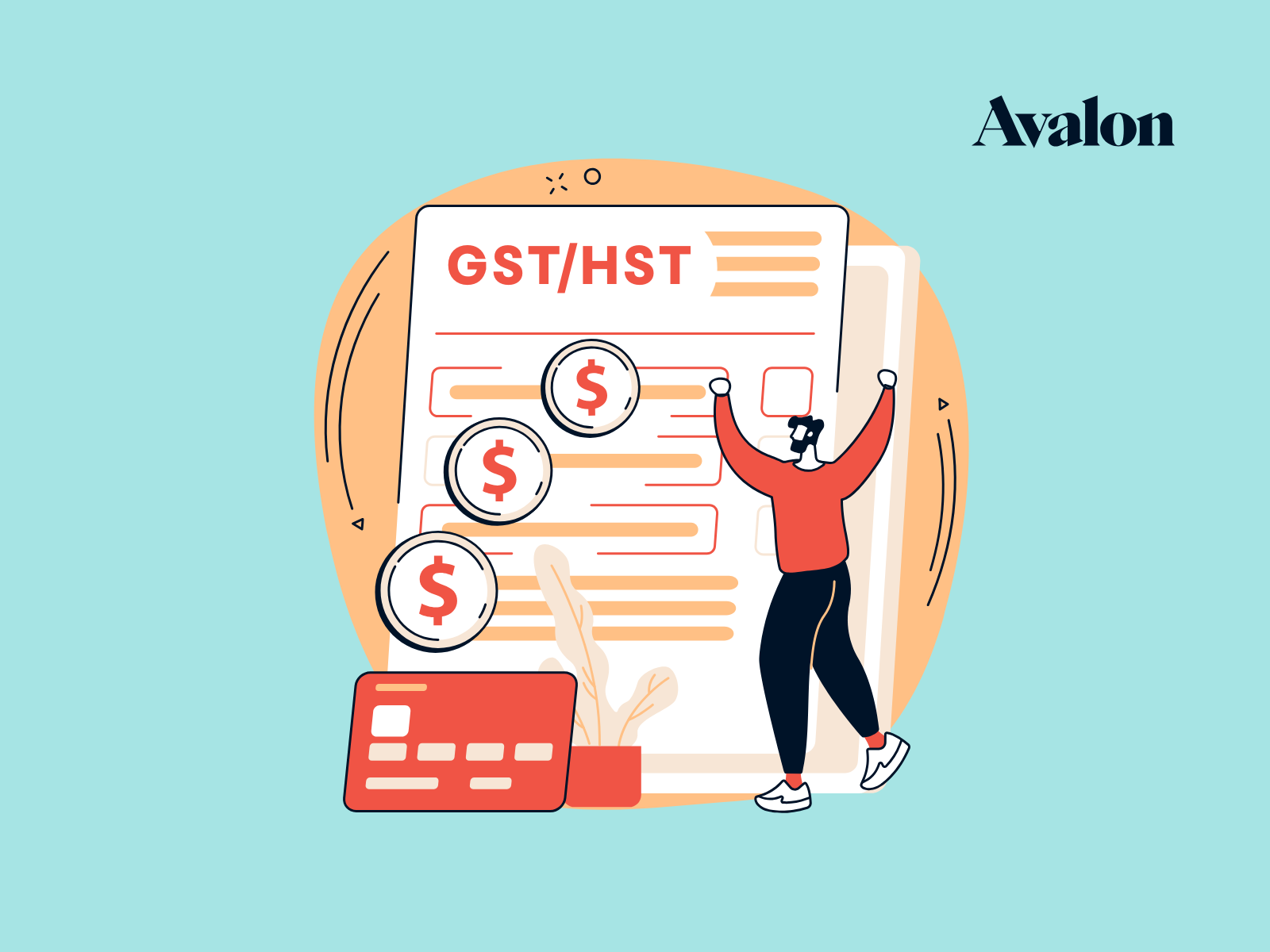Welcome to a new Avalon blog feature - the book review! I’ll be reviewing some popular business books over the next few months. I am going to try a different format, namely reviews that I would actually want to read. They will follow this format:
- What is it? Just let’s be clear about what we are actually reviewing here.
- What’s it all about? A short summary of what it says it’s about and who might get something out of reading it (and who won’t)
- What are the key takeaways?
- What else will you get out of actually reading it (other than long-winded anecdotes to fill up 200 pages)?
- What (if anything) have we implemented from this book here at Avalon?
1. What is it?
Title: Profit First
Author: Mike Michalowicz
2. What’s it all about?
Mike bills this as the answer to this challenge: “My business is surviving check to check. I want to make more money!”
This book proposes to change your fundamental thinking about profit being the leftovers to profit being mandatory. In Mike’s eyes, profit should come first and then you should adapt your pay and other expenses from there.
Who’s this going to work for?
It’s definitely an expenses-focused system. This will work well for somewhat established businesses that always seem to be behind on their cash flow. It provides fairly strict guidelines on what you should be spending in your business in order to be profitable. It also answers the age-old question, “what should I pay myself?” Better than most other business books.
Who’s this not going to work for?
If you are experiencing rapid growth or are really early in your business, this book is going to scare the be-jesus out of you. It is very strict on making profit a priority.
This doesn’t work for a lot of early-stage businesses that we work with (ones in the Launch, Focus and Foundation stages in our roadmap). This is because there are a lot of “investments” to be made in the early stages of your business, such as building processes and marketing that make a strict profit-focus unproductive.
The book also tends to gloss over classic management accounting principles such as fixed and variable costs in exchange for understandability.
It’s a trade-off that mostly works, but leaves something to be desired for owners trying to grow their business.
3. What are the key takeaways?
- Profit shouldn’t be just about what’s left over (think closing your eyes and hoping for the best), but should come first.
- Most business owners think about their revenue number as what they sell, but he introduces a concept called “real revenue”, which excludes pass-through revenue/expenses like selling contract labour.
- There’s a method to follow including percentages for every size of business. These cover what your real revenue number is, your owner pay, operating expenses and taxes.
- He acknowledges that sticking with it is hard and recommends you should engage a professional to keep you accountable.
- Mike offers a path to start earning profit almost immediately by reviewing and cutting expenses.
4. What else will you get out of actually reading this book?
I have to say, I wasn’t a huge fan of his writing style. It’s approachable and clear, but there’s a lot of fluff and stories that didn’t seem totally relevant to the idea he was trying to convey. I found myself skipping a lot of paragraphs.
He does an effective job of selling the idea and I felt motivated to review Avalon’s expenses to find some savings. If you have been a little perplexed about what role profit has in your business, I think this book can give a new perspective.
I really liked chapter 4: Choose Your Own Adventure. He digs into what it means, in practical terms, to work on your business rather than in it. We have worked with business owners that want to immediately remove themselves from operations, but this isn’t really feasible most of the time, which Mike does a good job of explaining.
Lastly, if you want to drink the kool-aid and jump in to his methods, he provides fairly detailed instructions on how to approach it. He does, however, have a paid program for professionals to help business owners achieve this, so I imagine owners have had limited success implementing his ideas using the book alone.
5. Have we implemented any of the ideas at Avalon?
I ran his percentages through our profit and loss and we weren’t too far off. Our tax rates in Canada are a lot lower than he outlines (12% on profit here in BC). I don’t think we will be slashing in any expense areas to align with his recommendations as we are making some investments in our long-term sustainability.
We examine our expenses in detail about once every three months and we always find savings! They are usually pesky old software fees for stuff we don’t use.
We are growing rapidly to reach a size where we can easily cover some of our fixed expenses (expenses that don’t really increase with revenue) like owner salaries and rent.
Score: 3.5 of of 5 Picards. Most business owners will get something out of reading this, but it’s not the panacea that it proclaims.
Ever wish you could actually know what your profit (or lack thereof) is on a monthly basis? Avalon specializes in servicing businesses like yours - getting current information in your hands and helping you make sense of it all. Reach out and we’ll start getting you the information you need to be profitable.












